Learning to shift a motorcycle transmission — coordinating the clutch, the engine rpm, and the shift pedal — might be the most daunting task faced by prospective new riders. So daunting, in fact, that a good argument can be made for it being one of the biggest things keeping the sport from growing.
At the other end of the experience spectrum, veteran riders who've been affected by age or injury or people with disabilities might find it hard to pull in a clutch lever or operate a shift pedal. This means riders who might otherwise stay in the saddle for years more are dropping out of motorcycling.
Bottom line: Manual motorcycle transmissions constitute a hurdle too high for some people wishing to get into motorcycling, as well as some wishing to stay in it. And while it's getting to be almost impossible to find a car with a manual transmission in the U.S. market if you want one, motorcycles with automatic transmissions are still rare.
We're using “automatic transmission” in a generic way, here, since the transmissions in motorcycles that don't require manual shifting are different from what is typically found in cars. But fortunately, for those who want to ride but can't or don't want to learn to shift gears, there are some alternatives to manual transmissions that allow you to go shiftless. Broadly speaking they fall into four categories.
Types of automatic transmissions in motorcycles
The first type of motorcycle transmission that doesn’t require manual shifting is a continuously variable transmission, or CVT, which is common in scooters. This system uses two pulleys, each consisting of two conical halves. The halves close up or spread apart to change the effective diameter of the pulley. The pulleys are connected by a V-belt (or sometimes a special chain) and open or close as engine rpm rises or falls. The result is seamless acceleration without the need to manually shift gears or operate a clutch. The video below demonstrates how this works.
The second system uses a dual-clutch transmission, or DCT. Two computer-controlled clutches, one for even-numbered gears and the other for odd-numbered ones, alternately engage or disengage to shift up or down, while the gears are shifted hydraulically. The computer can choose the shift points, or you can select gears manually with switches on the handlebar. Optional drive modes can be selected to tailor the shift points for wet weather, poor traction, better performance, or increased fuel economy.
Another system uses a centrifugal clutch. The clutch disengages at idle and engages as engine revs climb. So there's no need for the rider to operate a clutch lever, but you still have to shift gears with a foot pedal.
Finally, there is direct drive, which is the standard setup on electric motorcycles. The front and rear sprockets are joined by a chain or belt or, in some cases, the motor is mounted directly on the rear wheel. As the electric motor revs higher, the bike goes faster. Since electric motors make torque at all speeds, it's not necessary to have various gears to keep the motor revving in an optimal range. A clutch of any kind is also unnecessary because the motor doesn't spin until you turn the throttle to start the flow of electricity.
Whether you’re looking for cheap, basic transportation, a motorcycle to take on scenic backroads both paved and unpaved, or a luxurious transcontinental tourer, you have never had more — or better — choices in motorcycles with automatic transmissions than you have today. Let's take a look at some of the options.
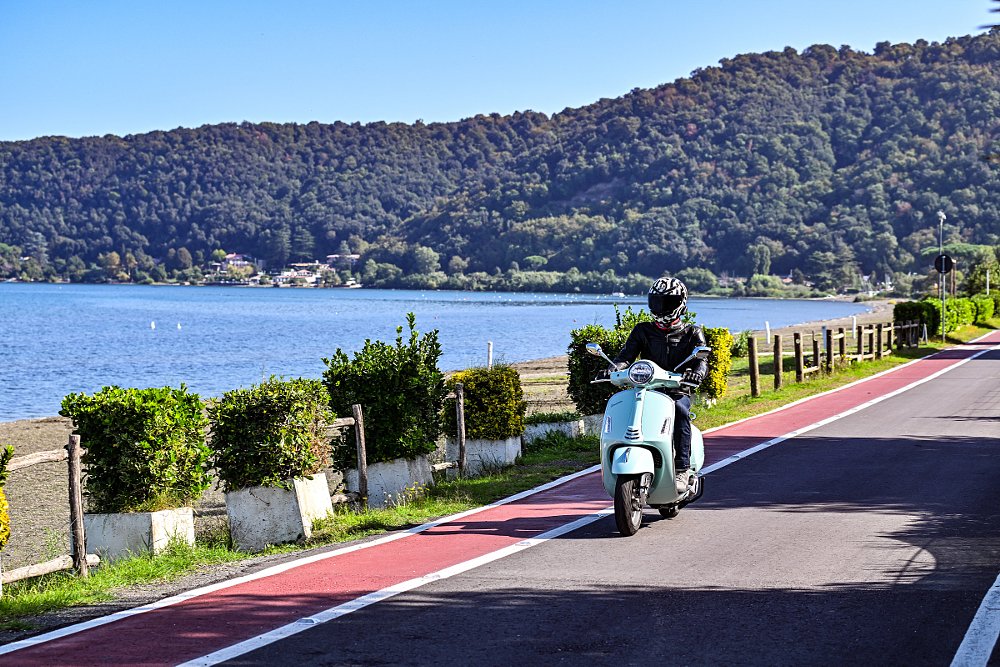
Scooters with automatic transmissions
Scooters have long been considered the best automatic motorcycle option for beginner riders and today there’s a scooter out there for almost any purpose, from zipping around town to commuting to touring, all with CVT automatic transmissions. At the low end of the displacement ladder are scoots like the Kymco Agility 50, which gets a claimed 102 mpg, has lockable storage, lists for $1,799 and is classed as a moped in some states, so riders don’t need a motorcycle endorsement on their license.
For more pep around town and for short trips on the freeway, Honda's fuel-injected 157 cc PCX has a liquid-cooled, four-valve, single-cylinder engine, underseat storage, a front disc brake, and optional front-wheel ABS. A USB-type socket in the fairing storage compartment charges your personal electronic devices on the go. It costs $3,899.
Suzuki’s 200 Burgman has a fuel-injected four-valve engine and an Eco Drive Indicator to help you get the best fuel economy. A dash-mounted maintenance alert tells you when it's time for a tune-up. The lockable underseat storage fits two full-face helmets or several bags of groceries. The price is $4,999.
BMW, a company better known for its motorcycles, is carving out a niche for itself in the scooter world with the C 400 GT. It still has a CVT transmission, so you'll never have to shift, but it comes with unscooterlike upmarket features such an LED headlight, a keyless ignition, and optional BMW Motorrad Connectivity, which links the scooter to your smartphone. The 350 cc engine is controlled by a throttle-by-wire twistgrip. The price starts at $8,245.
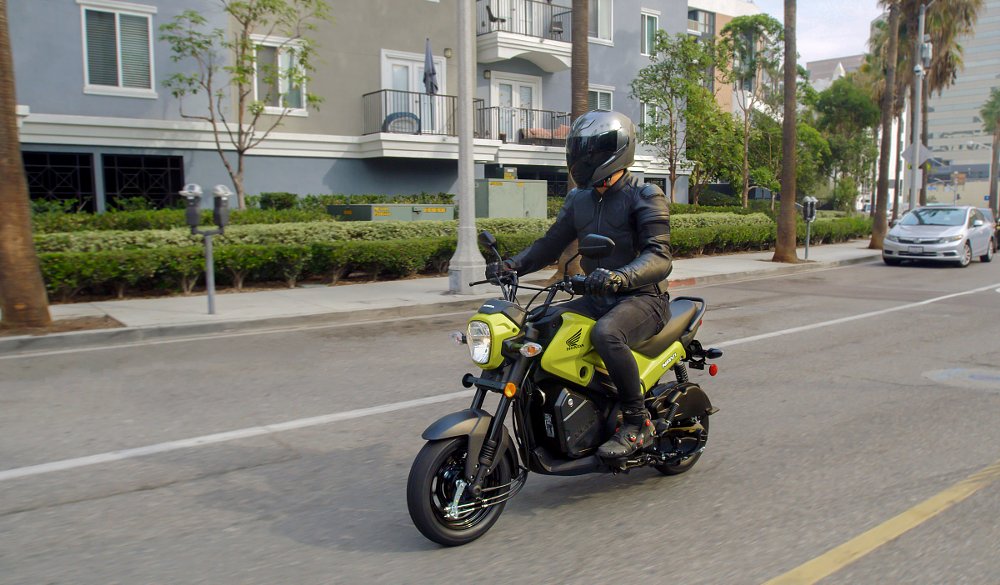
The wildcard in the scooter pack is the Honda Navi, which is essentially a small motorcycle with CVT. It has a single-cylinder, air-cooled 109 cc engine, and the front and rear brakes are linked for quick and secure stops. The 12-inch front wheel and 10-inch rear wheel help give the Navi a low, comfortable seat height. If you're looking for an affordable motorcycle without a clutch, you can't do much better than a Navi.
Desirable late-model scooters no longer offered in the United States include Yamaha's TMax, Suzuki's Burgman 650, and Honda's 650 cc Silver Wing. It’s not hard to find one in good shape with low miles and maybe even a few accessories and the 650-class maxi-scooters are capable of long-distance travel, not just scooting around town.
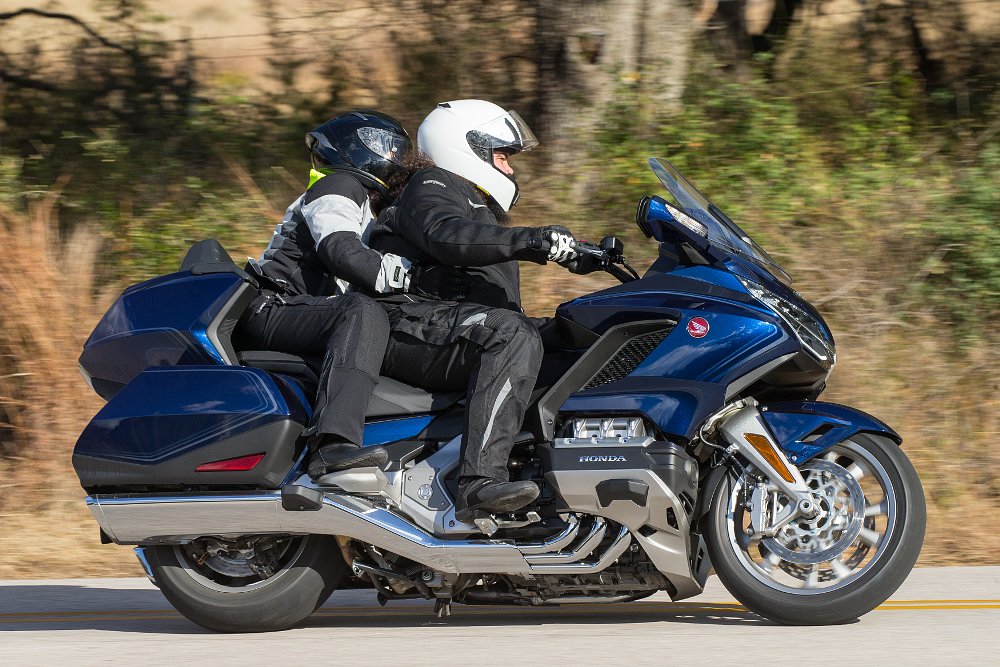
Motorcycles with automatic transmissions
Honda has pretty much cornered the market for no-shift motorcycles with its DCT models. At the top of the list is the GL1800 Gold Wing with DCT, available in three trim levels: the Gold Wing Tour, with every bell and whistle you'll ever need, and few you might not; the Gold Wing Tour Airbag model (that's one whistle you might not need, but if you do, it's there); and the trunkless Gold Wing. All are powered by a silky 1,833 cc flat-six engine.
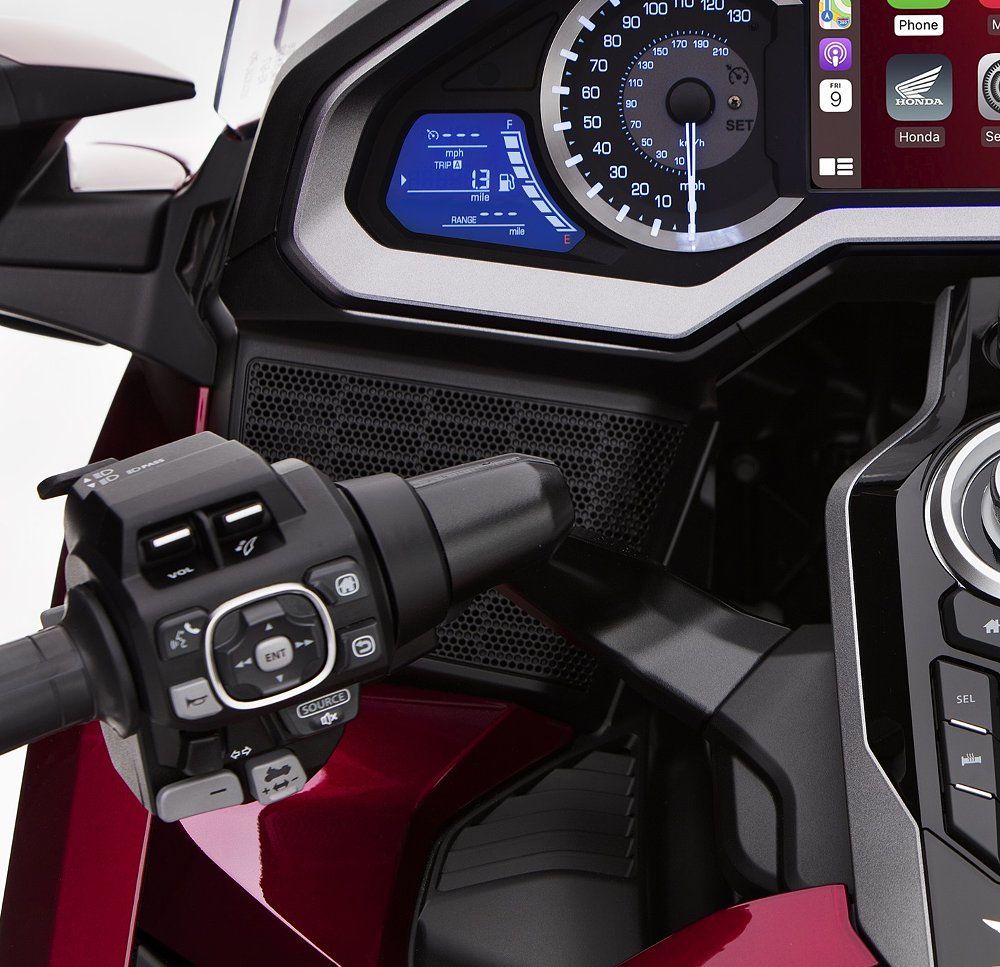
For more adventurous riding on- and off-road, both the Africa Twin and the Africa Twin Adventure Sports ES are available with DCT. These versatile adventure bikes are powered by a 1,084 cc parallel-twin engine and feature cruise control, ABS, an adjustable seat, and long-travel suspension.
For 2023, Honda is also making the DCT available on a new model, the Rebel 1100T DCT, which adds a windshield and panniers to the Rebel cruiser for some bagger style and functionality. MSRP is $11,299.
Of course a Gold Wing DCT starts above $25,000 and an Africa Twin with DCT costs more than $15,000, and both are far more motorcycle than many riders need or want. The Rebel 1100T is more accessible but may not be everyone's style. If you want to enjoy Honda's DCT transmission in a full-size motorcycle and keep the price to four figures, your option is the NC750X DCT, at $9,399. It has a 745 cc parallel-twin engine that's canted 55 degrees forward for a low center of gravity, leaving room above for a spacious 23-liter storage compartment big enough to hold a dual-sport helmet. The 3.7-gallon underseat gas tank centralizes the weight of the fuel for better handling.
If the Africa Twin is overkill for your needs but you'd still like a little off-road ability, the Honda Trail 125 ABS uses a semi-automatic clutch and a four-speed gearbox. It has front-wheel ABS, electric starting, and fuel injection and costs under $4,000. As explained above, with the Trail 125's centrifugal clutch, you still have to shift gears manually, but you don't have to learn to coordinate the clutch and gear shifter.
Lurking in the used-bike listings are previous Hondas with DCT, like the DN-01, the VFR1200F, and the NM4 Vultus. Yamaha flirted with semi-automatics with its FJR1300AE, and Aprilia offered the Mana 850 with a CVT.
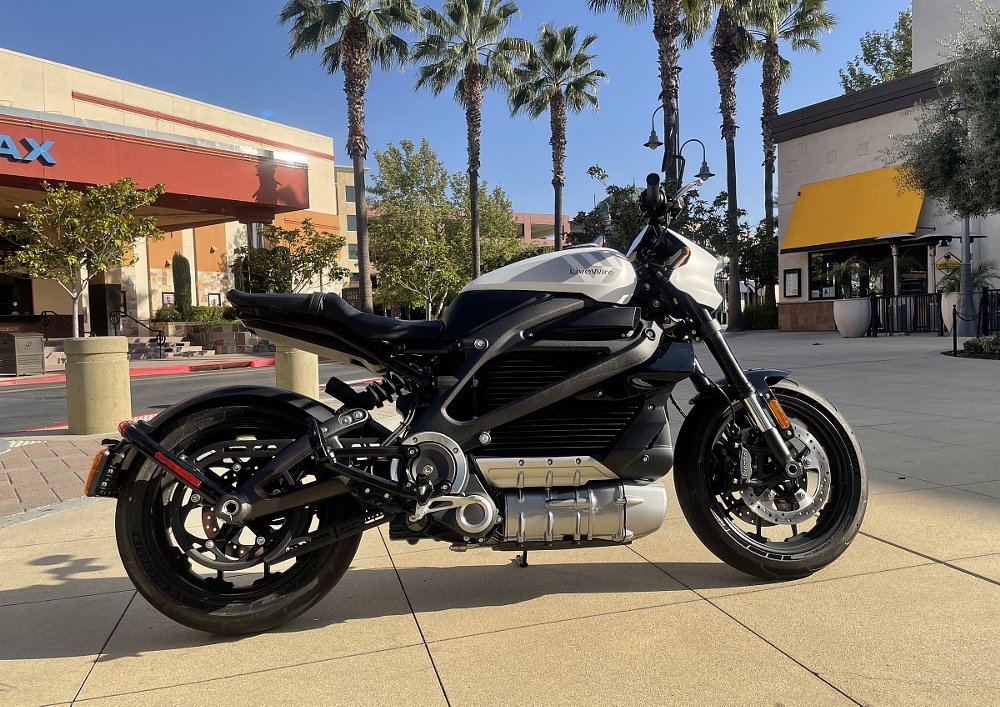
Electric motorcycles
If you don't need gears, you don't need to shift, and that's the advantage of electric motorcycles. The LiveWire ONE, built by the electric motorcycle company spun off from Harley-Davidson, has a city range of 146 miles and a combined city/highway range of 95 miles. It comes with four ride modes — sport, road, range, and rain — and three customizable modes you can tailor to your specific riding needs. The price starts at $22,799.
U.S. manufacturer Zero offers a full line of nine models of street and dual-sport electric motorcycles, none of which need shifting. They range from the SR/S that boasts 140 foot-pounds of torque and starts at $23,995 to the dual-sport FX, which weighs just 289 pounds but still will reach 85 mph and costs $12,995. You can charge Zero motorcycles on your standard electrical outlet at home.
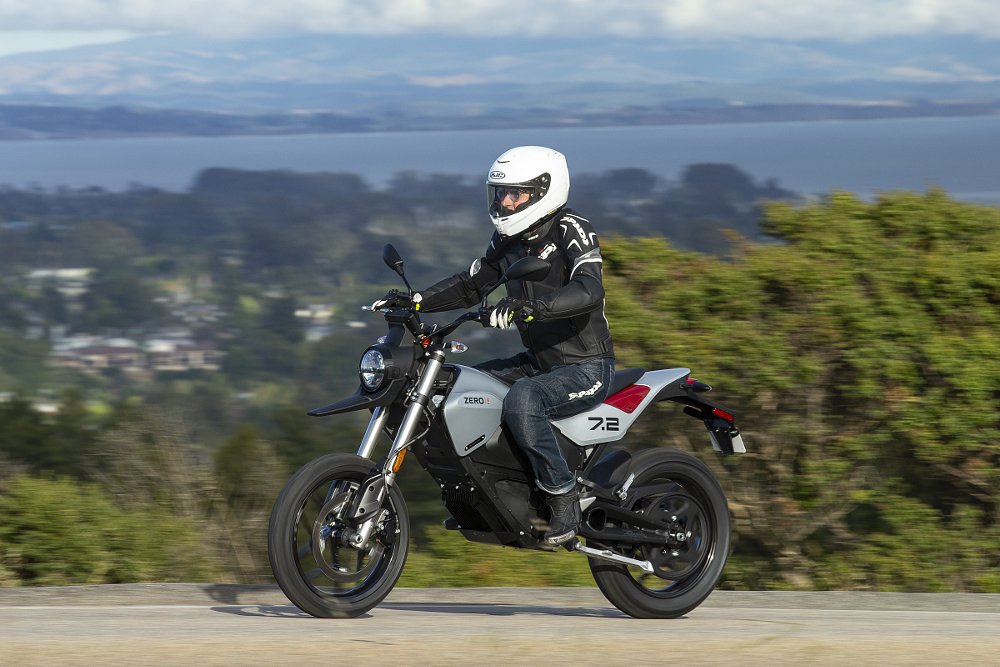
If you’re looking for more affordable basic transportation in the electric segment, a variety of new options are in development. After a long wait, a few Sondors motorcycles are finally being delivered and there are some other inexpensive imports from Asia available. There are off-road options ranging from the fun-looking Volcon Grunt to the Stark Varg motocrosser, but those won't get you to work on weekdays. With new models coming soon from U.S.-based startups to established motorcycle manufacturers, we expect the range of no-shift electric models to keep increasing.
While it's still rare to find a full-size internal-combustion motorcycle with an automatic transmission, the rise of electric motorcycles will mean even more options will be available in the future for riders who don't want to clutch and shift.













